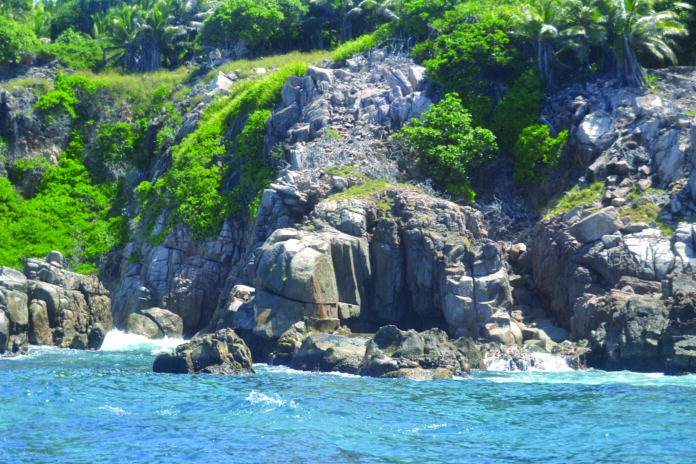Sometimes, the reconstruction of the historical narrative hangs by a thread: the obstinacy of a few enthusiasts. Historians like Chaplain Toto from Madagascar have this kind of tenacity. , in a context where talking about the history of slavery is not taken for granted. Seychellois Odile de Comarmond has made this a civic commitment… Dominique Bellier
Odile de Comarmond presented her book on the sites of slavery in the Seychelles at the Unesco conference organized here at the beginning of February to mark the 190th anniversary of abolition and the 30th anniversary of the Slave Route, research initiated thanks to the Unesco Slave Route project in 2001. In parallel with her career in education, she began in 2002 to carry out these explorations in the field, in the archives and to collect extracts from the oral tradition…
The history of slavery in the Seychelles is still too much left unsaid, in her opinion: “For too long, we’ve listened to the history of the colonists. It’s really time for the people to know the history of their country! We also need to know what slaves did, their trades, their achievements… For example, all the buildings on Hodoul Island were built by slaves!”
Even the exact date on which the abolition of slavery came into effect in the Seychelles remains unknown. Under British rule, the archipelago benefited from the same abolition as Mauritius, but… ” we know that Mauritius didn’t send a boat to announce the news to Seychelles until a week after the 1st February 1835. This meant a minimum two-week journey “. Documents also show that Seychelles planters were still negotiating compensation after the 1er February…
Ros Kriminel
Our interviewee relaunched her project on the sites once she retired in 2022, thanks to funding from the Seychelles government. Published in 2024 by the National Arts and Culture Fund, this trilingual guide (English, French and Kreol), signed with Colette Gillieaux, presents, through more than 80 photographs, places and relics that bear witness to slavery practices and the life of slaves and maroons… Ros Kriminel, from which punished slaves were thrown, or an iron plate heated in the sun for children, show that the servile system was no gentler here than elsewhere.
Isolation on the various islands and inaccessibility in the mountains mean that some sites have not been explored, but they will feed a second, expanded edition with hopefully better texts and images. The photos show chains swallowed by a tree or the mooring ring of a boat, with which the colonist fetched his slaves from the mainland, as well as the foundations of a dwelling, at La Plaine St André, where enslaved workers washed kapok or cotton… Human bones are known to have been found in localized caves, and the copra mill at Union-La Digue is still in use, complete with an ox.





